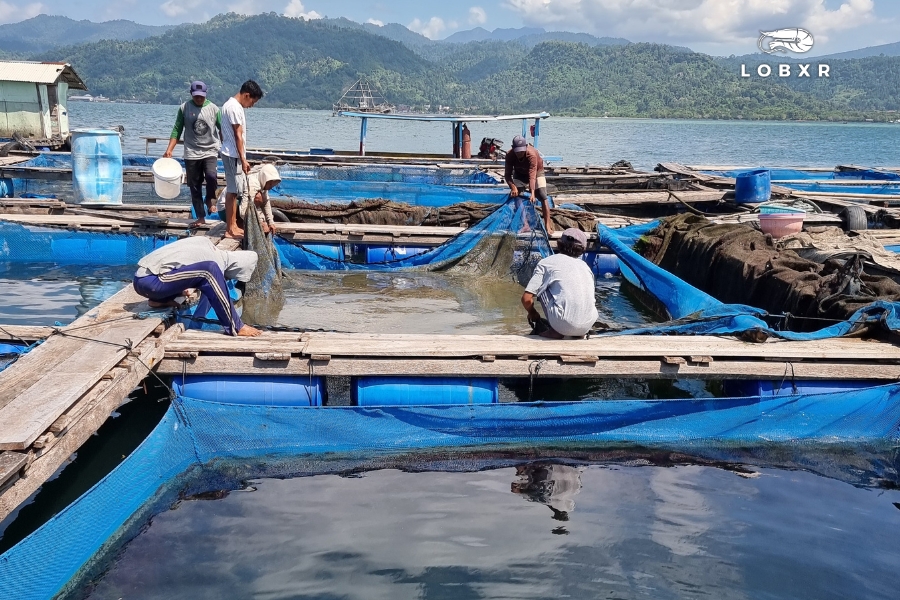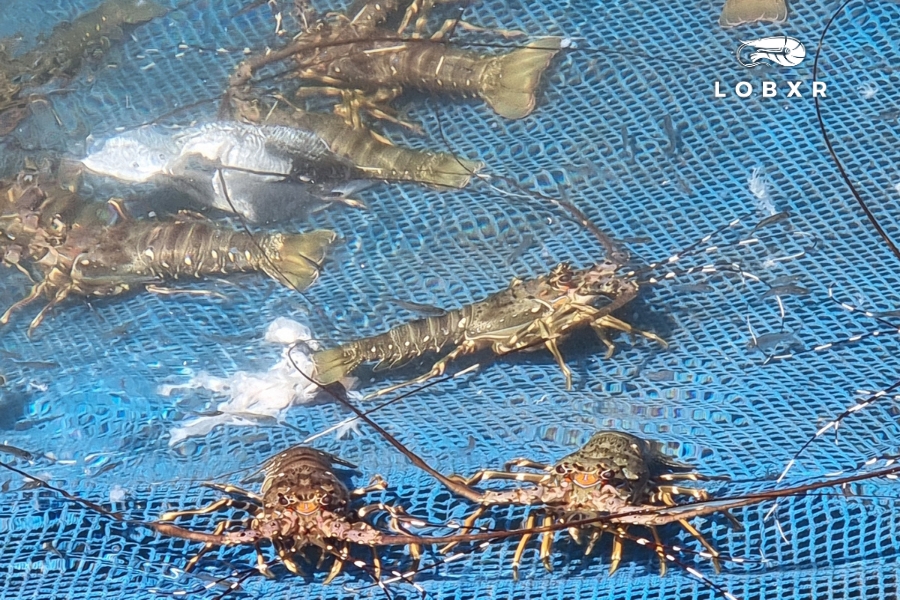Introduction
This reflection invites you to feel the spirit of Indonesia — from the southern breath of Sumatra to the tranquil shores of Lombok — where land and sea, past and present, move as one.
It is not a story of borders or maps, but of rhythm, memory, and the timeless harmony between people and the ocean.
There are islands that seem to float not only on water but on memory.
Sumatra is one of them.
When you approach it from the sea — as the old traders once did from India, Arabia, or China — it doesn’t rise suddenly from the horizon like a promise.
It appears slowly, as if it had been there before you were born: a continent disguised as an island, breathing through its forests, exhaling through the smoke of its mountains.
The western winds carry the scent of cinnamon and damp earth.
The eastern winds bring whispers of the other islands — Java, Bali, Lombok — each a syllable in the archipelago’s ancient poem.
The Threshold of Lampung
At the southern edge of Sumatra lies Lampung.
To most maps, it is merely a province.
But to those who live by the rhythm of the sea, Lampung is a threshold — a doorway between the solidity of land and the restlessness of water.
It is the place where Sumatra opens its palm to the Strait of Sunda, and through it, to the wider world.
Every tide that passes carries stories: the migration of fish, the crossing of ships, the quiet return of ancestors in the dreams of fishermen.
Lampung is older than the idea of Indonesia itself.
Its people speak in many tongues, shaped by the winds that have passed through their villages.
They were traders, sailors, farmers — but above all, listeners.
They listened to the sea, to the forests, to the hum of the earth before the monsoon arrived.
Their houses on stilts were built not only to escape floods but to stay close to the sky — a quiet philosophy of balance: protection and openness, tradition and change.
The Wisdom of Silence
To understand Lampung, one must also understand silence.
It is not the silence of absence but of fullness — the way a forest holds its breath before dawn, or how the sea pauses before a storm.
In this silence, Lampung has carried a wisdom that does not shout.
Time moves in circles, not lines.
A plantation may rise where a forest once stood, but beneath the roots, the old spirits still hum.
The land remembers.
The eruption of Krakatau in 1883 — just across the water — was not only a geological event but a cosmic reminder.
The sea that gives life can take it back.
The people of Lampung rebuilt not in defiance, but in continuity.
For them, survival is harmony.
The Rhythm of the Sea
Evenings in Lampung are a slow hymn.
The coastline glows like embers under a falling sun.
Children chase crabs across the sand; old men mend their nets by touch alone.
The tide keeps its own appointments.
The moon commands obedience without words.
And though the modern world hums with noise and urgency, Lampung still moves to the ancient calendar of the sea.
Those who travel east from Lampung — across the strait, past Java and Bali — eventually reach Lombok.
It is tempting to see these islands as separate.
But the sea refuses to believe in such divisions.
The same water that kisses Lampung’s shore also cradles Lombok’s coral bays.
An Unbroken Understanding
The fishermen of Lampung do not command the ocean; they ask permission.
Their prayers before sailing are not superstition — they are dialogue.
Here lies the essence of Indonesian spirituality:
a quiet acknowledgment of the unseen patterns that govern life.
Everything has spirit — the mountain, the mangrove, even the silence itself.
Centuries ago, Chinese traders sensed this rhythm.
They came for pepper, resin, and camphor — but found something rarer:
a people who lived without the anxiety of control.
Trade was relationship, not transaction.
In Lampung’s soil, fragments of Chinese porcelain still rest — echoes of those early crossings between the Middle Kingdom and the islands of the southern seas.
The Measure of Progress
In today’s Indonesia, the world moves faster than the tide.
Cities rise, industries hum, and technology dissolves distance.
Yet Lampung reminds us that proximity is not connection.
True connection must be lived — in the way a farmer greets his field before sowing, or a fisherman reads the stars before sleep.
Such gestures carry the weight of centuries: quiet continuations of an ancient understanding between humans and the natural order.
To walk through a Lampung village is to rediscover a slower logic of being.
The rhythm of conversation follows the rhythm of the waves.
Even the air feels older — inhaled and exhaled by generations.
Here, humility does not come from poverty, but from awareness.
The people of Lampung do not believe they own the land; they belong to it.
Echoes in Lombok
The forests of Lampung still whisper their ancient stories.
The elephant passes like a ghost of the old continent.
The hornbill calls across the canopy like a distant gong.
In Lampung, progress is measured differently — by the depth of roots, the patience of seasons, the respect for balance.
And this spirit stretches eastward, across the sea, to Lombok.
Both lands have known turbulence and rebirth.
Both have been shaped by outside forces yet remain profoundly themselves.
In both, the ocean is not an obstacle but a mirror — reflecting the truth that identity in Indonesia is not fixed, but fluid, like water.
The Living Connection
For the lobster farmer in Lombok — tending to the rhythm of tides — there is an inheritance from Lampung that goes beyond geography.
It is the inheritance of patience and respect.
The sea gives generously to those who move in harmony with it, and withdraws from those who demand too much.
Lampung teaches that prosperity is not seized but received — that the ocean rewards humility more than ambition.
Lampung, then, is not merely a place.
It is a principle — the southern breath of Sumatra.
It teaches that creation moves through cycles of giving and returning, and that the true wealth of the islands lies not in what is taken, but in what is understood.
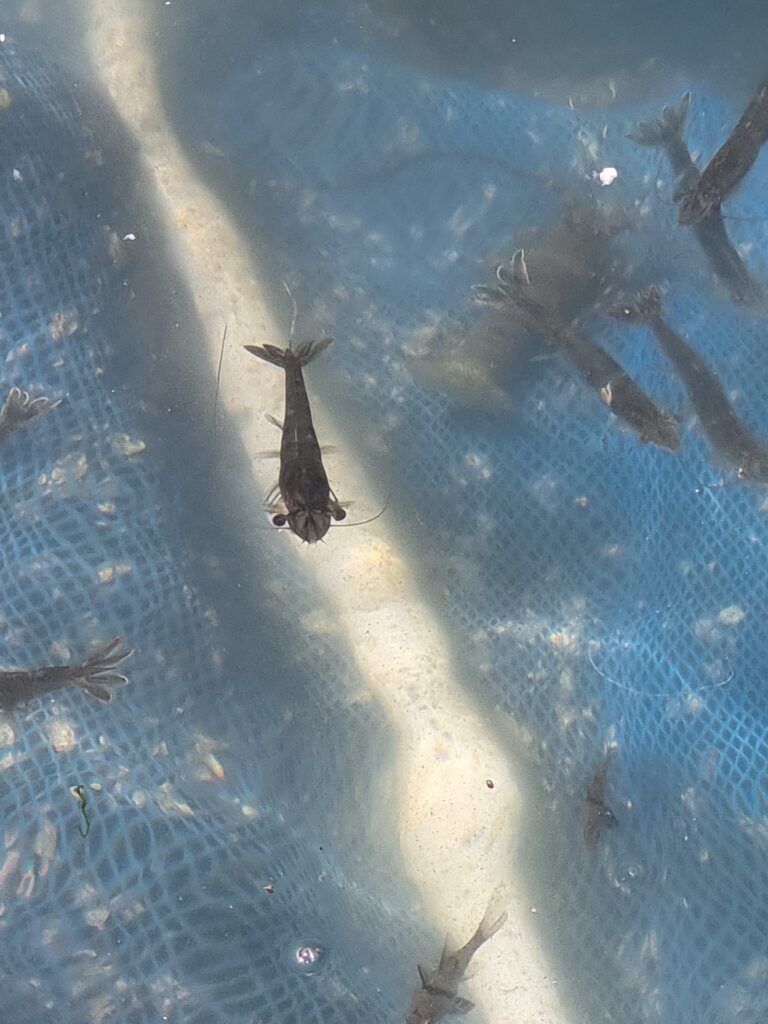
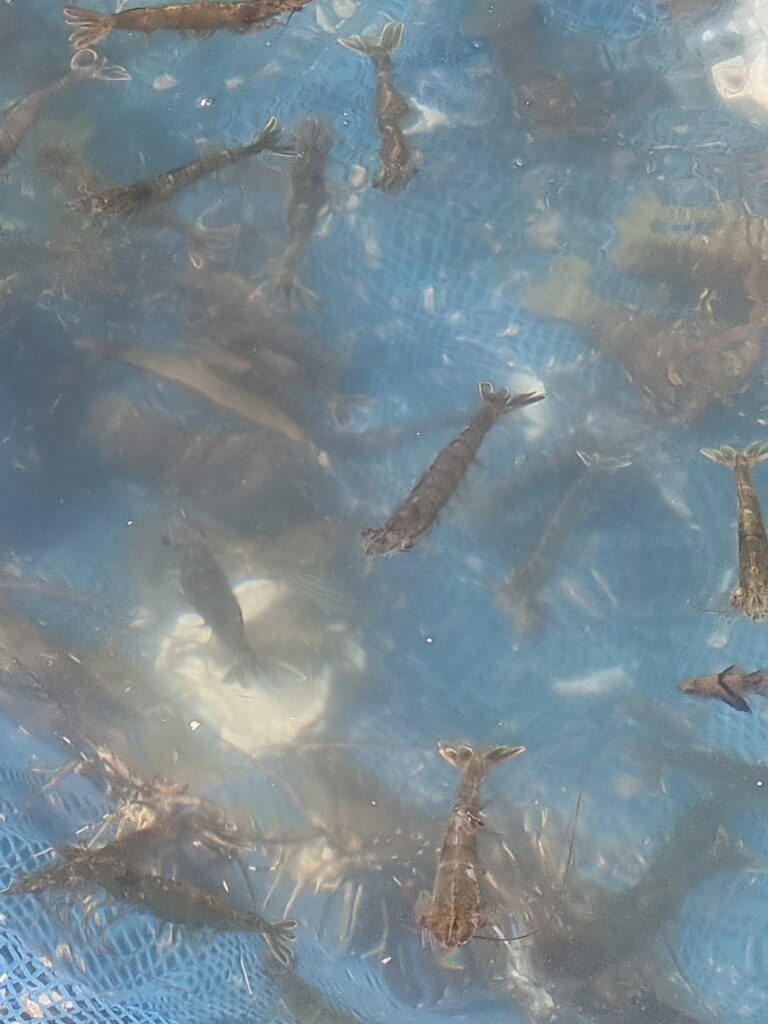
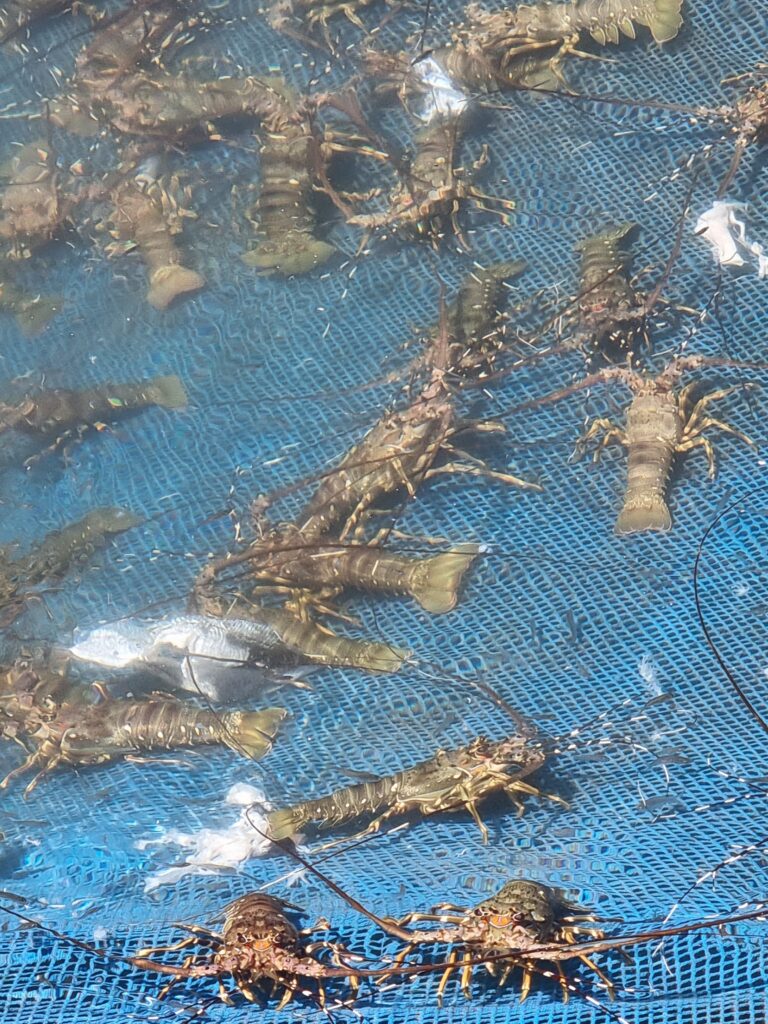
The Breath Between Islands
At dawn, Lampung’s fishermen set their sails eastward — toward the rising light over Java, Bali, and Lombok.
The same sun that touches their nets will later shimmer on the lobster ponds of Lombok.
Between these two shores flows an invisible current — ancient and unbroken.
It carried Chinese junks and Arab dhows, and before them, the dreams of the first islanders who followed the flight of birds.
Sumatra may be the mother of the land, and Lombok the promise of the future,
but Lampung is the breath between them —
the quiet pause where the meaning of the archipelago can be felt.
In that pause, time softens.
One begins to understand that Indonesia is not a nation of islands,
but an island of nations —
united not by boundaries, but by tides.
To live here is to accept that nothing truly ends.
Every departure is a return.
Every wave that leaves Lampung’s shore eventually finds its way home.
At Lobxr, we don’t just harvest from the sea — we grow with it.

